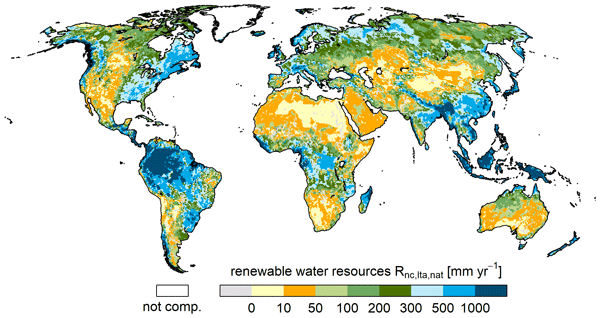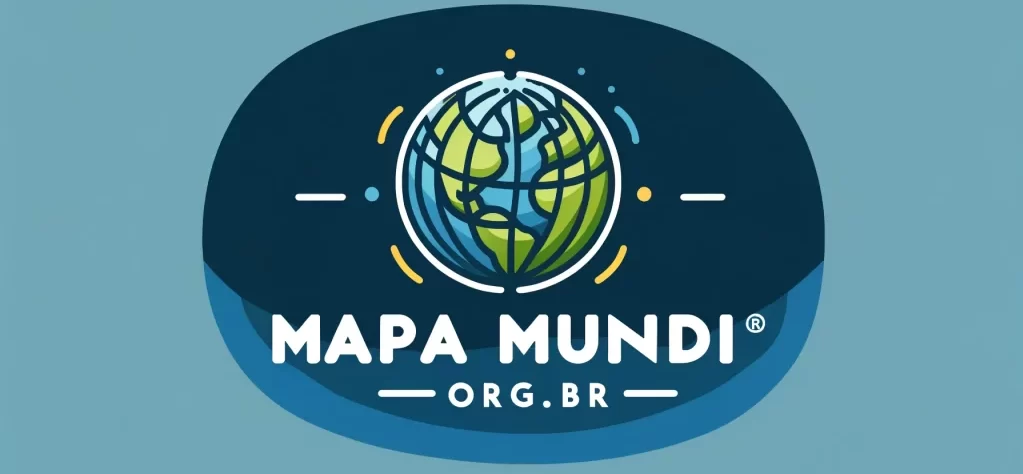
A gestão adequada dos recursos hídricos é um desafio global devido à crescente escassez de água em muitas regiões do mundo. Em um esforço para abordar essa questão crítica, alguns países como Canadá, China, Estados Unidos e os membros da União Europeia têm buscado criar regras supranacionais para a gestão das reservas de água.
A criação de regras supranacionais é entendida como uma estratégia para enfrentar a questão na medida em que permite:
- Cooperação internacional: A água é um recurso transfronteiriço, e muitas bacias hidrográficas se estendem por múltiplos países. A criação de regras supranacionais visa promover a cooperação entre nações para enfrentar desafios comuns na gestão das reservas de água, como a escassez, a poluição e a distribuição equitativa dos recursos hídricos.
- Prevenção de conflitos: A competição por recursos hídricos pode levar a tensões entre países. A criação de regras supranacionais busca evitar conflitos, estabelecendo diretrizes claras e mecanismos de resolução de disputas para a gestão compartilhada das bacias hidrográficas.
- Eficiência e sustentabilidade: A gestão coordenada das reservas de água pode levar a uma utilização mais eficiente e sustentável dos recursos hídricos. Através de regras supranacionais, os países podem implementar práticas de conservação, monitoramento e planejamento integrado, visando garantir a disponibilidade de água para as gerações futuras.
Esses países têm apoiado a criação de organizações internacionais para a gestão das águas, como a Organização das Nações Unidas para a Alimentação e a Agricultura (FAO) e o Programa das Nações Unidas para o Meio Ambiente (PNUMA). Também têm participado de acordos internacionais sobre a gestão das águas, como a Convenção das Nações Unidas sobre os Direitos das Nações Unidas sobre a Água e os Saneamento (UN Water Convention) e a Agenda 2030 para o Desenvolvimento Sustentável.
Os esforços desses países têm sido importantes para o desenvolvimento de um quadro global para a gestão das reservas de água. No entanto, ainda há muitos desafios a serem ultrapassados, como a falta de vontade política dos países, a falta de financiamento e a falta de dados e informações sobre o estado das reservas de água.
Não retirando qualquer importância sobre o encaminhamento da questão da preservação das reservas de água, não podemos esquecer que o estabelecimento de regras suprancionais deve ser feito com muito cuidado e equilíbrio, sob o risco de serem criadas regras que depois são utilizadas como forma de domínio. Alguns dos caminhos utilizados por países mais poderosos para controlar o sistema internacional são:
- Hegemonia econômica: potências econômicas têm maior influência nas instituições financeiras internacionais, como o Fundo Monetário Internacional (FMI) e o Banco Mundial. Elas podem impor condições econômicas e políticas a países mais fracos em troca de assistência financeira. Essas condições podem incluir medidas de austeridade, privatizações e abertura de mercados, favorecendo os interesses das potências e minando a soberania econômica dos países mais fracos.
- Pressão diplomática: países mais poderosos podem usar sua influência diplomática para exercer pressão sobre países mais fracos. Isso pode envolver ameaças de sanções econômicas, isolamento diplomático e retaliações políticas. Por meio de alianças internacionais e coalizões, as potências buscam obter apoio global para impor suas vontades.
- Intervenção militar: em alguns casos, as potências utilizam a força militar para impor suas vontades sobre países mais fracos. Isso pode ocorrer através de intervenções diretas, como invasões ou ocupações militares, ou por meio do apoio a grupos rebeldes e insurgentes. As potências frequentemente justificam suas intervenções com base em regras internacionais, como a responsabilidade de proteger (R2P) ou a defesa dos direitos humanos, embora haja controvérsias sobre a legitimidade dessas ações.
- Exploração de brechas legais: países podem tirar vantagem de lacunas nas leis internacionais ou interpretá-las de forma seletiva para justificar suas ações. Isso pode envolver interpretações amplas do direito internacional, buscando justificar intervenções militares ou ações unilaterais em nome da segurança nacional ou de interesses estratégicos.
É por isso que devemos olhar não só o problema, mas também a forma como a solução é construída.
Pós-Doutor em Competitividade Territorial e Indústrias Criativas, pelo Dinâmia – Centro de Estudos da Mudança Socioeconómica, do Instituto Superior de Ciencias do Trabalho e da Empresa (ISCTE, Lisboa, Portugal). Doutor em Relações Internacionais pela Universidade de Brasília (2007). É Diretor Executivo do Mapa Mundi. ORCID https://orcid.org/0000-0003-1484-395X
